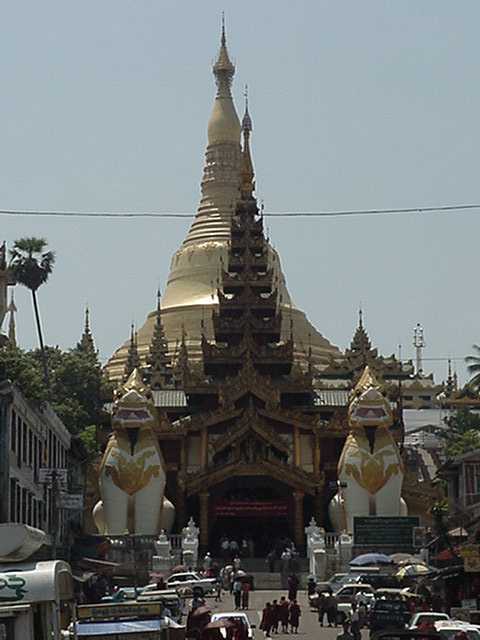
Return to Myanmar Main Page
Bagan
in
the Era of the Temple Builders
1057-1287
A.D.
Although
Bagan existed as a Pyu kingdom since the 2nd century A.D., it reached
its zenith under the 42nd ruler, King Anawrata, and his successor
Kyanzitha. From Anawrata's conquest of the Thaton (and his subsequent
conversion
to Theraveda Buddhism) in 1057 to the subjugation by the Mongols under
Kublai Khan in 1287, Bagan embarked on a project of temple building on
an
unprecedented level. Over the course of those 230 years, over 13,000
individual
temples (pathos), stupas (zedis), monasteries, and libraries were
constructed at
the behest of Bagan's leaders. Today 2,200 of these monuments remain,
and
they are divided into three periods, each with a distinctive style of
architecture:
1. Early
(850-1120
A.D.): Mon-style
architecture
2, Middle
(1120-1170
A.D.): Bamar-style architecture
3. Later (1170-1300 A.D.): Indian-style architecture